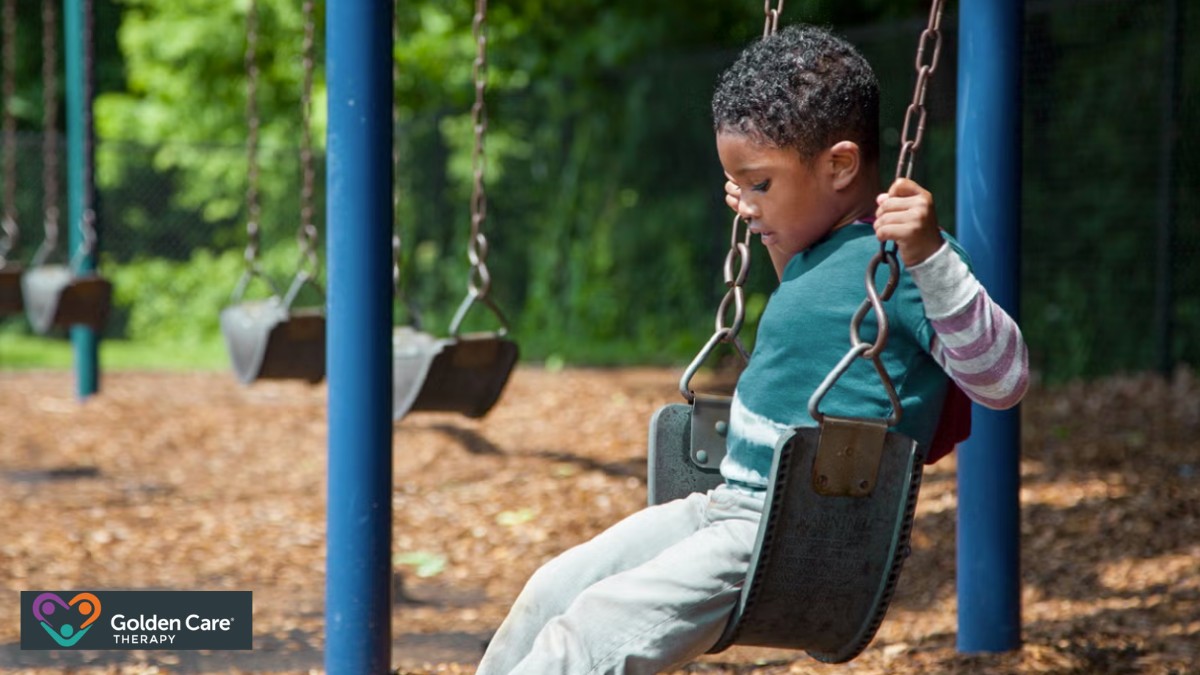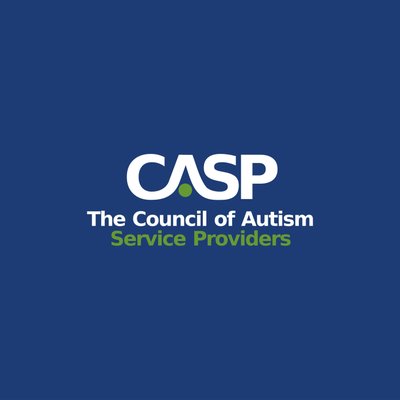Identifying the early indicators of autism in children is crucial for timely intervention and support. These signs can manifest before a child reaches preschool age and often become more pronounced as they enter early schooling.
Early signs of autism can sometimes become evident in infants and young children. These indicators can arise before a child turns three. Autism spectrum disorder affects about one in every 59 children, impacting nearly four times as many boys as girls. Some children may develop typically until 18 to 24 months, after which they might stop progressing or lose previously acquired skills.
Common signs before preschool may include:
- Lack of response to their name
- Avoidance of eye contact
- Limited use of gestures such as waving or pointing
- Sensory sensitivities, including heightened response to touch, taste, smell, sight, or sound
- Unusually large head size, which may indicate brain growth issues
4 Signs in Toddler Years
As children transition into their toddler years, early signs of autism may become more distinct. By this stage, parents and caregivers might notice specific indicators that could suggest autism.
Key observations during the toddler years may include:
- Continued struggles with sensory processing, with extreme sensitivity to various stimuli
- Unusually large heads and brains, which may be linked to atypical brain growth
- A varied spectrum of symptoms; some toddlers may show many signs, while others may display only a few
- Difficulties in social interaction and communication; these may present as challenges with forming relationships or communicating needs
Recognizing these early signals is essential for parents and caregivers to seek assessment and interventions. These interventions can significantly improve outcomes for children with autism.
Understanding these signs empowers individuals to provide necessary support and access resources that can facilitate effective autism care.
Challenges with Sensory Processing
Children with autism may encounter difficulties with sensory processing, displaying heightened sensitivity to various sensory stimuli. This can include extreme reactions to sounds, touch, taste, sights, or smells. These sensory sensitivities can significantly affect their day-to-day experiences and interactions.
Parents and caregivers often observe that certain noises or tactile sensations may cause distress, leading to emotional outbursts or withdrawal. Helping children adjust to different sensations can lead to a reduction in autistic mannerisms and improved overall behavior.
Moreover, the way children respond to sensory stimuli can have profound implications for their behavior. Increased sensitivity can lead to anxiety, frustration, and challenges in social situations.
Conversely, when children receive appropriate support to navigate sensory input, they may exhibit fewer autistic mannerisms and improved behavioral responses.
By addressing sensory sensitivities, caregivers can create a more accommodating environment, fostering better emotional regulation and social integration. This proactive approach can enhance the child’s ability to cope with the world around them and support their developmental growth.
Brain Abnormalities
Understanding the physical signs of autism in children includes recognizing various brain abnormalities. These abnormalities can manifest in changes in brain growth and genetic factors that may influence the condition.
Once they reach toddler years, some autistic children exhibit unusually large heads and brains. This can be indicative of issues with brain growth that differ from typical developmental patterns.
It is suggested that abnormal brain growth may impact cognitive and behavioral functions.

Awareness of these brain abnormalities helps parents and caregivers recognize the signs of autism early. Understanding brain growth patterns and the influence of genetics can inform interventions and support strategies for children on the spectrum.
Social and Communication Challenges
Social interaction and communication challenges are common signs of autism in children. These difficulties may manifest early in life, often within the first year or two.
Children with autism may struggle with social engagement. Common signs include:
- Not responding to their name
- Avoiding eye contact
- Limited use of gestures, such as pointing or waving
These behaviors can limit their ability to connect with peers and caregivers, making it difficult for them to form social bonds. Recognizing these patterns early can help in understanding a child’s developmental needs.
Early indicators of communication difficulties often become apparent during the first one to two years of life. These challenges may include:
- Limited verbal communication
- Unconventional use of language, such as echolalia (repeating phrases)
- Difficulty understanding or using conversational norms
The spectrum of communication difficulties can vary among children. Some may demonstrate numerous signs, while others may only show a few. Aspects like routine adherence and distress due to changes can also signify autism. For example, a child may insist on following the same path to daycare every day.
Recognizing these social and communication challenges can be vital in identifying autism and guiding parents and caregivers towards appropriate interventions. For families considering medical support as part of their child’s care plan, our article “Exploring Medication Options for Children with Asperger’s Syndrome“ offers a practical overview of available treatments.
Behavioral Patterns
Understanding the behavioral patterns associated with autism can provide significant insights for parents and caregivers. These patterns often manifest in repetitive behaviors, strong adherence to routines, and varying levels of sensory sensitivity.
Repetitive Behaviors
Repetitive behaviors are common early indicators of autism in children. These may include repeating body movements or engaging in specific actions that seem unusual to others. Children might flap their hands, rock back and forth, or spin objects for extended periods.
These behaviors often serve as a calming mechanism for the child or a way to express their intense interests.
Routine Adherence
Routine adherence is another early sign of autism in young children. Many children on the spectrum show a strong preference for consistency and can become easily upset by changes in their environment or daily routines.
For instance, a child may insist on taking the same route to school each day or may panic if a favorite toy is moved from its usual place.
Sensory Sensitivities
Sensory sensitivities are notable indicators of autism in children. Children on the autism spectrum often experience heightened sensitivity to sensory stimuli. This can affect how they perceive touch, taste, smell, sight, and sound.
An overwhelming sensory experience may lead to discomfort or distress, impacting their behavior and interactions.
Recognizing these behavioral patterns is vital for identifying the physical signs of autism in children. By understanding these traits, parents and caregivers can better support the needs of children on the autism spectrum.

Conclusion
Recognizing the early signs of autism can make a world of difference in a child’s development. These signs often appear before preschool and become clearer as children grow. By staying aware and acting early, parents and caregivers can ensure children receive the support they need to thrive.
Early understanding leads to better outcomes, and every step toward awareness is a step toward a brighter future. At Golden Care Therapy, we’re proud to offer high-quality ABA services in Indiana, New Jersey, New York, Georgia, and Florida.
If you’re ready to make meaningful progress with compassionate, expert-led care, contact us today. Let’s work together to create lasting change for your child.
Sources:



